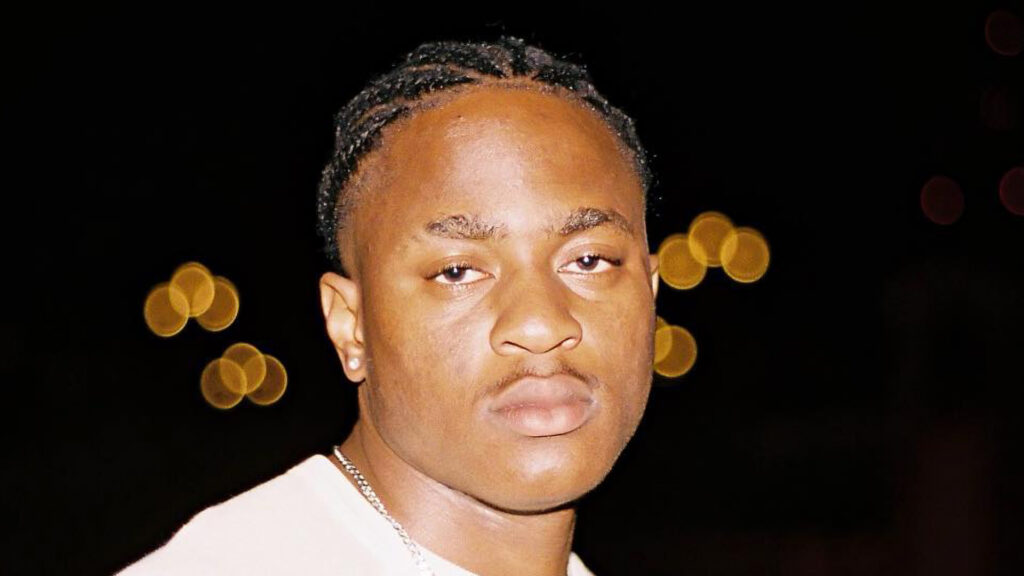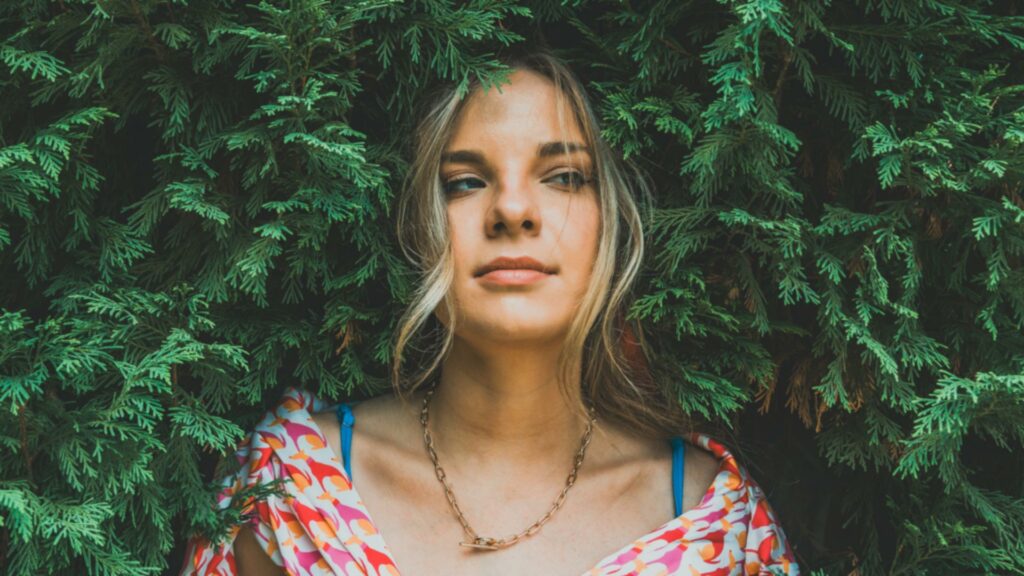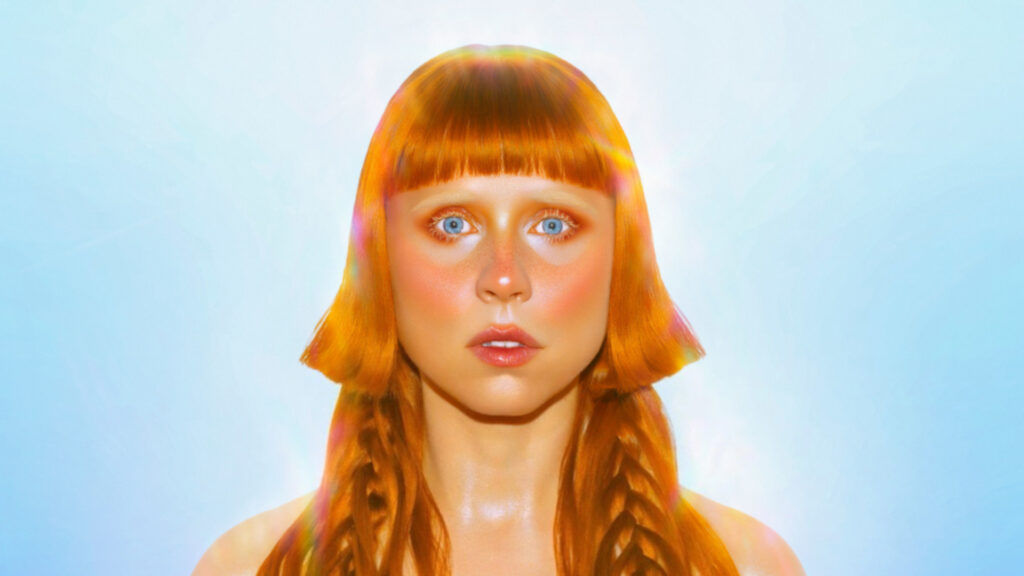Airmow is an electronic music sensation known for his bold approach to music production. As a Parisian artist with a distinct vision, he aims to create unconventional sounds. Having collaborated on music with artists like Emily J and luxury brands like Prada, Airmow continues to forge a unique path in the industry. Today, he is here to talk about his upcoming EP, music production techniques, and the secrets to his authenticity.
Your music has a bold, provocative, and mysterious vibe. How do you mix these elements to create your sound?
I often start with a specific idea, vibe, or emotion that I want to convey. This can come from a personal experience, a movie I’ve watched, or a visual, such as a music video that I have playing in the background of the studio. Then, I experiment with different sounds and textures. For instance, I like to use synths with subtle modulations and deep reverberations to create a mysterious ambience. For the provocative aspect, I play with unexpected rhythms and dissonant melodies. The bold element often comes from unconventional production choices, like unexpected samples or song structures that defy expectations. It’s really by merging these elements that I manage to create an authentic and immersive sound. It’s a very intuitive and organic process for me that I continue to work on and develop.
You draw inspiration from fields like fashion, architecture, and cinema. Can you share how these influences shape your creative process and music production?
Fashion, architecture, and cinema are major sources of inspiration for me and deeply influence my creative process and music production. When I work, I like to have visuals in the background of my studio. It can be fashion shows, music videos, drone footage of architectural landmarks, or film scenes. These visuals immerse me in a particular atmosphere and help me stay in the same vibe, thus fuelling my creativity. These fields inspire me particularly because they are very creative and immersive. For example, fashion shows and film scenes dive directly into a very special universe. It’s like my creative sanctuary. This also allows me to have a less procedural and technical approach. By diverting some of my attention to these visuals, I am less focused on the ultra-technical aspects of music production and more on the artistic and creative side. This helps me translate my ideas into music in a smoother and more inspired way without getting too absorbed in technical details.
Your latest work seems to mark a more mature and precise direction. What drives this change in your music style?
Thank you for that observation! My latest work indeed reflects a more mature and precise direction, primarily stemming from my personal and artistic evolution. Over time, I’ve gained a better understanding of what I want to convey through my music and how to do so more effectively. Between each project, I grow, learn, and experience new things, which inevitably translates into my new projects. I believe this ‘maturation’ also stems from my recent desire to create works that have a lasting and meaningful impact. I’ve spent a lot of time refining my style, experimenting with different sounds and techniques, and drawing inspiration from new influences.
Can you tell us about your latest single, ‘Fall Apart,’ and what inspired its creation?
‘Fall Apart’ is my fourth collaboration with Frizzy. I love working with this guy; he’s super quick and comes up with strong and interesting toplines. This track actually came together very organically. For this song, I first found the synth sound (the one in the drop), and the whole track flowed naturally from there.
Your music creates such immersive soundscapes. What techniques or tools do you use to achieve this level of depth?
To create immersive soundscapes in my music, I pay great attention to selecting and crafting sounds (sound design) before even starting to compose, much like a chef carefully choosing ingredients before cooking a dish. I work extensively on textures and strive to build a ‘sound palette’ before beginning to ‘paint’ my music. I also place a strong emphasis on spatializing my sounds, strategically placing them in the sonic space to create a rich landscape. This involves meticulous attention to mixing and sound design in my tracks. In terms of composition, I enjoy playing with contrasts to add depth and dynamics to my pieces (dry and wet, loud and soft, powerful and calm). A drop isn’t inherently ‘powerful’ but gains its impact within the context of a song. Sometimes, to enhance the power of a section, it’s necessary to dial back the intensity of another—everything revolves around contrast and balance before delving into pure technicality. Ultimately, a good mix relies on strong aesthetic choices and solid composition ideas before delving into technical execution.
As a Parisian, do you see yourself as a part of a wider French electronic music scene?
I feel deeply rooted in the French electronic music scene. Paris is a melting pot of cultural and artistic diversity, and this is reflected in its vibrant music scene. I take pride in being part of this community and am constantly inspired by the artists and events that emerge from this city. I have quite a few friends who are composers and artists with whom I exchange ideas in Paris. This has allowed me to evolve significantly. Paris is a true meeting point for creators of all kinds. There are plenty of artists with very interesting ideas and visions! I don’t necessarily consider myself part of a broader scene, but since I make electronic music and there’s no language barrier, I would certainly like to share my music with as many people as possible, reaching a wider audience.
As an artist who is always evolving, how do you stay ahead of trends and maintain your identity in the electronic music scene?
I keep an eye on what’s happening in electronic music by listening to new releases and observing trends. I also stay updated on new production techniques; I often download the latest software, plugins, etc. When I hear something I can’t replicate, it drives me crazy! However, I don’t lose sight of my sound and my way of working. I believe it’s crucial to be authentic and create music that truly reflects who I am. At the same time, I enjoy stepping out of my comfort zone. Whether experimenting with new production techniques or collaborating with other artists, it keeps me inspired and allows me to continue evolving while maintaining my own musical identity. Every time I start a new piece, I need to have a new reference or a fresh idea to energize myself and create something I’m pleased with. I enjoy the challenge. In parallel, I regularly compose music for brands and work on projects for music synchronization. This activity constantly pushes me out of my comfort zone, enabling me to explore new production techniques, discover new musical styles, and broaden my artistic horizons. This pressure to work quickly actually enhances my creativity. Focusing less on technique allows my instincts to guide me, often resulting in more natural and aesthetic outcomes.
What can your fans expect from you in the near future? Are there any upcoming projects or collaborations you are currently working on?
My recent singles will be part of my upcoming EP, Broken Memories, which will be released in September. I’m really excited to share it with you all! Expect a whole new visual direction, a video clip, lots of new tracks, shows, and more. So stay tuned, and see you soon!
Next story


